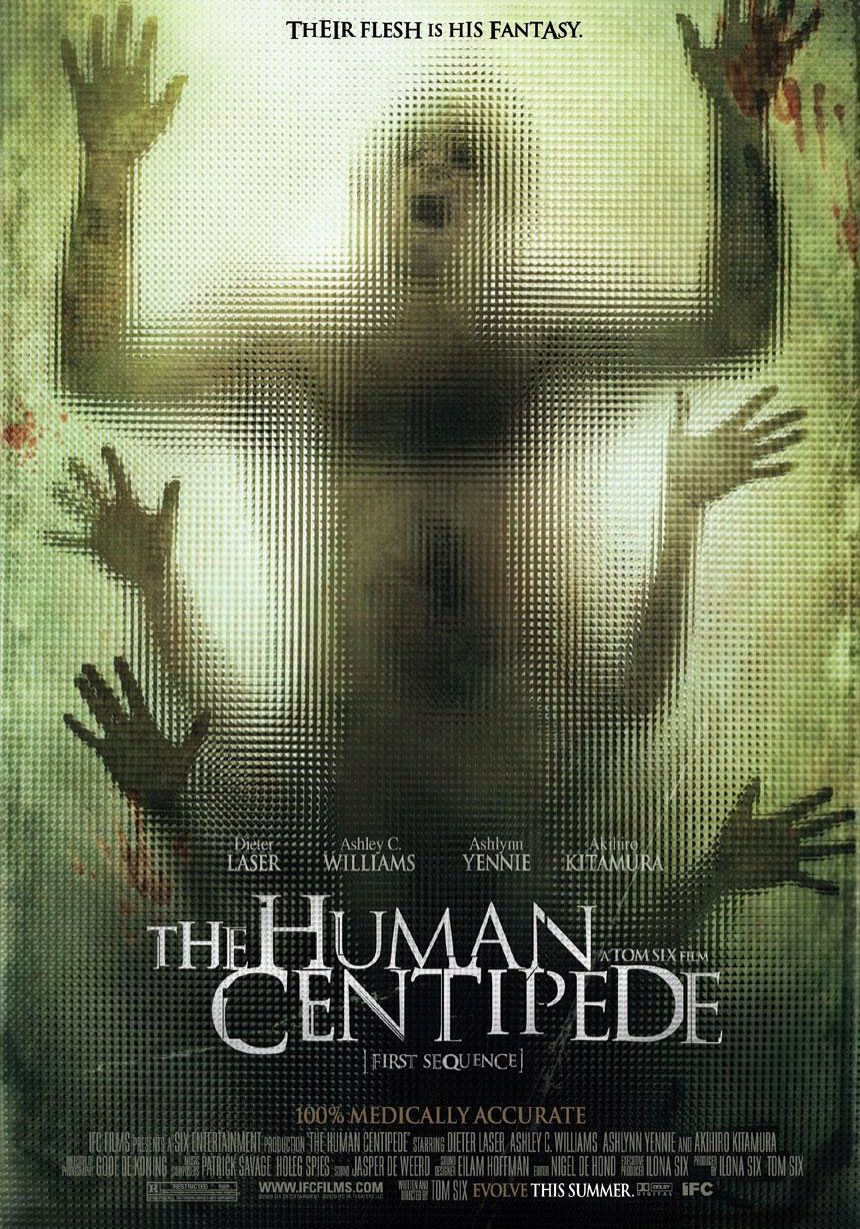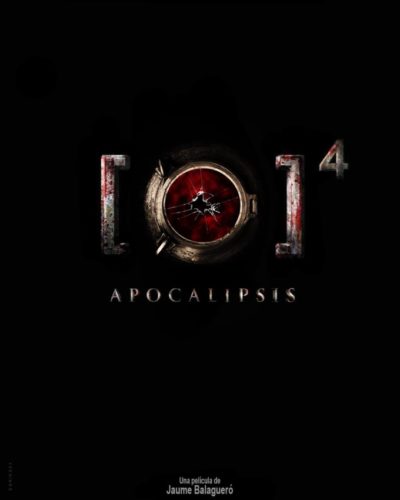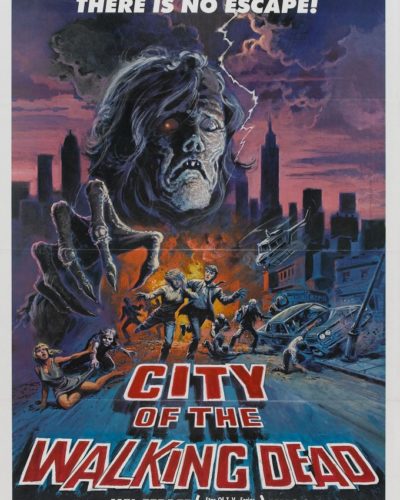Stitched in Disquiet: Unveiling “The Human Centipede”
“I hate human beings.” This chilling quote from Dr. Heiter, the antagonist in The Human Centipede, paints a vivid image of the film’s haunting ethos. Directed by Tom Six and released in 2009, this Dutch horror film quickly became infamous for its grotesque concept and execution. The film follows two American tourists in Germany who, after being drugged and kidnapped, along with another victim, find themselves at the mercy of a sadistic retired surgeon. His dream: to create a ‘human centipede’ by surgically attaching his victims end-to-end via their gastric systems.
The Nightmare’s Fabric: Atmosphere and Tone
The true horror of The Human Centipede stems from its atmosphere and tone which are pervasively dark and claustrophobic. From the onset, there is a lingering sense of dread as the premise unfolds, with long, static shots that allow the viewer’s apprehension to build. The horror does not hinge on suspense or supernatural elements but rather on the shocking, visceral visuals that Six envisions and steadily implants in his audience’s psyche.
Tom Six’s approach in layering tension and fear is predatory, slowly toying with viewers’ suspense before delivering gut-wrenching visuals. The sense of dread is palpable, establishing a psychological dominion of horror over the audience.
The Shadow’s Gaze: Cinematography and Visuals
- Cinematography: The film effectively uses lighting and color palettes to create a sterile, cold space within Dr. Heiter’s home, which is juxtaposed against the warmth of the outside world from which the victims are isolated.
- Camera Angles: Intimate and invasive camera angles amplify the sense of violation and suffering. Each frame is crafted to disturb, intensifying the viewer’s immersion in the characters’ despair.
- Special Effects: The practical effects are gruesomely realistic, underlining the body horror without reliance on CGI, which enhances the plausibility of the grotesque creation at the film’s heart.
The minimalist soundtrack and unsettling sound effects weave a silence that renders the horror more profound. The strategic use of sound punctuates the on-screen terror with a visceral sensory experience, augmenting the distressing ambiance.
Shards of Humanity: Performance and Characterization
The performances, particularly that of Dieter Laser as Dr. Heiter, are unnervingly convincing. Laser’s portrayal of a detached and cruel scientist is haunting, fitting seamlessly within the film’s horrific narrative structure. The victims, played by Ashley C. Williams, Ashlynn Yennie, and Akihiro Kitamura, evoke empathy through their palpable fear, helplessness, and pain, making their ordeal distressingly credible.
Characters are trapped not just physically but also within their own despair, as the film embraces body horror and psychological torment. The horror in The Human Centipede primarily unfolds through the grim reality of bodily mutilation and the psychological degradation that accompanies such a nightmarish experience.
Mechanics of Terror: Horror Elements and Underlying Themes
The Human Centipede fits squarely within the body horror subgenre, taking it to an extreme that is as conceptual as it is literal. The film challenges conventions by prioritizing the grotesque concept over character development and traditional plot structure. It’s this bold deviation from the norm that serves as the primary technique for frightening the audience.
The film uses horror to explore deeper themes such as medical ethics, the sanctity of the human body, and the limits of human cruelty. This narrative choice adds a layer of gravitas to what could have otherwise been dismissed as pure shock value.
Its effectiveness as a horror movie is controversial; it certainly evokes shock and revulsion, but isn’t consistently thought-provoking or innovative beyond its central concept.
The Human Centipede is likely to appeal to a niche audience: those who appreciate extreme body horror and can stomach intense physical and psychological discomfort.
In the realm of horror, it stands apart from classics due to its shock value but may lack the depth and craft of a more finely-tuned psychological thriller. Contemporary pieces exploring medical horror, such as Cronenberg films, offer more nuanced storytelling.
Fragmented Reflection: A Critical Evaluation
The Human Centipede is an exercise in body horror that pushes the envelope of shock and disgust. While technically sound in its cinematography and effective in performance, the film often prioritizes concept over character and narrative depth. It’s a polarizing piece, one that is likely to be remembered more for its controversy than for its contributions to the horror genre.
Potential viewers should be forewarned of the film’s extreme graphic content and potential psychological triggers. Ultimately, The Human Centipede will likely appeal to those who are on the hunt for horror that pushes boundaries, even if it doesn’t entirely transcend them.




